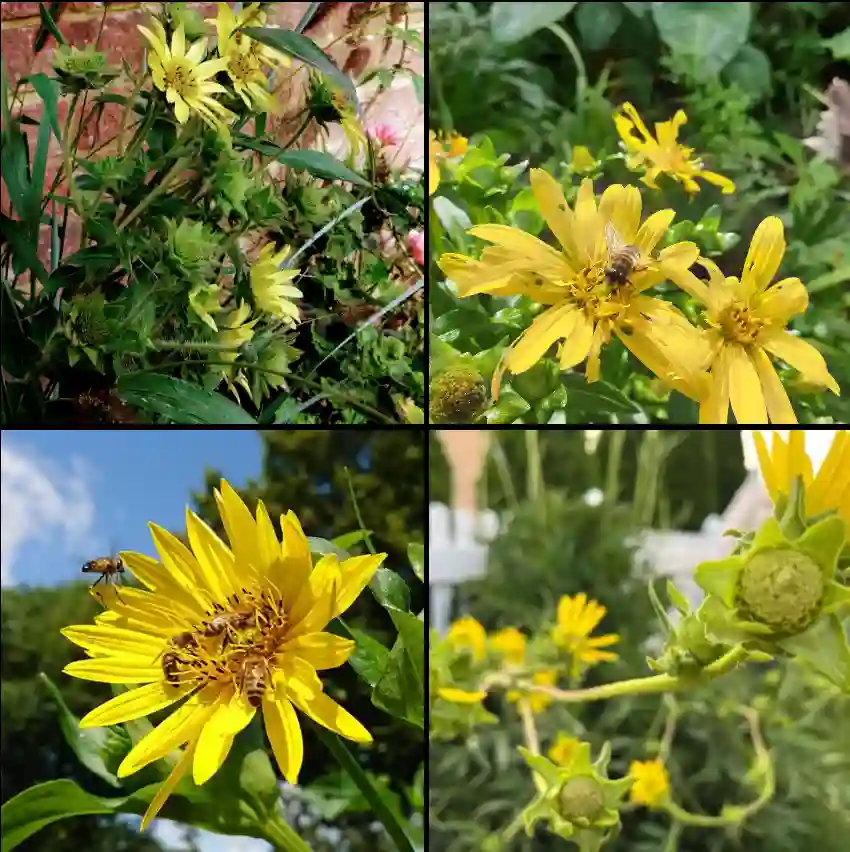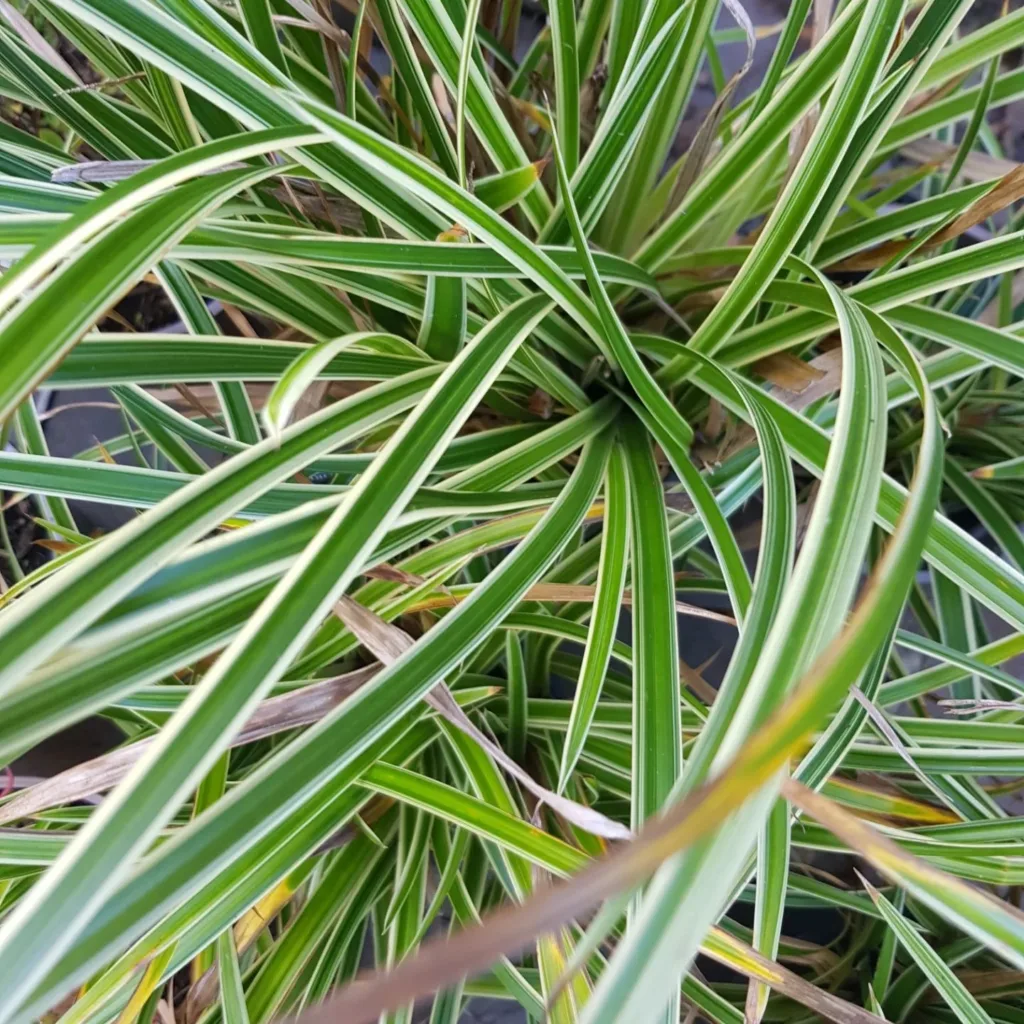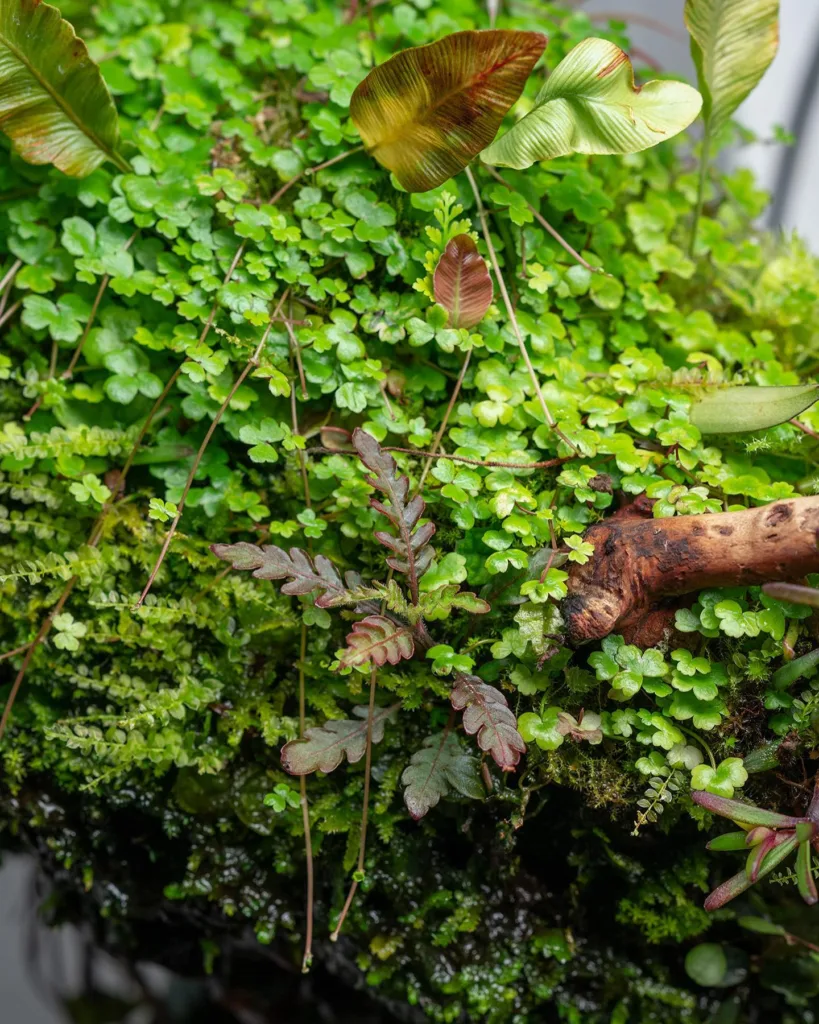
Heliamphora Minor: A Carnivorous Beauty for Discerning Growers
I’m Ferb Vu, and carnivorous plants are my passion. Today, we’re diving deep into the fascinating world of Heliamphora minor, a captivating tropical pitcher plant native to the Venezuelan tepuis.
18 Species in Genus Heliamphora
What is Heliamphora Minor?
Heliamphora minor is a mesmerizing carnivorous plant known for its unique, urn-shaped pitchers. These pitchers trap, digest, and absorb nutrients from insects and other small invertebrates. Unlike the more common Venus Flytrap, Heliamphora minor utilizes a passive trapping method, relying on enticing aromas and slippery surfaces to lure prey into its deadly embrace.
Is Heliamphora Minor Difficult to Grow?
Heliamphora minor thrives in cool, humid, and brightly lit environments, mimicking its high-altitude cloud forest habitat. While not the easiest carnivorous plant, it’s certainly achievable for dedicated growers with the right setup. Patience is key, as these plants are often sold young and require time to mature and produce their captivating pitchers.
What are the Key Growing Conditions for Heliamphora Minor?
- Temperature: Aim for a cool environment with a daily temperature fluctuation. Daytime temperatures should ideally range from 68-77°F (20-25°C), with nighttime temperatures dropping to 41-50°F (5-10°C). Avoid excessive heat, as it can stress the plant.
- Light: Heliamphora minor requires bright, indirect light. A cool, brightly lit windowsill can work, but a terrarium or a controlled greenhouse environment often proves ideal.
- Humidity: High humidity is crucial. Aim for a consistent range of 70-90% relative humidity. Techniques like pebble trays, misting, and closed terrariums can help maintain this level.
- Watering: Use only distilled water, rainwater, or reverse osmosis water to avoid mineral build-up. Water frequently enough to keep the growing medium consistently moist, but avoid soggy conditions.
- Soil: A well-draining, acidic media mix is essential. Popular options include a combination of sphagnum moss, perlite, and orchid bark.
How Does Heliamphora Minor Differ from Nepenthes?
Both Heliamphora minor and Nepenthes are fascinating pitcher plants, but there are key differences:
- Habitat: Heliamphora minor thrives in cool, high-altitude cloud forests, while Nepenthes species can be found in a wider range of habitats, including warm lowlands.
- Temperature Tolerance: Heliamphora minor prefers cooler temperatures and struggles in hot environments. Nepenthes can tolerate a wider temperature range, with some species thriving in warm conditions.
- Light Requirements: Both require bright, indirect light. However, Heliamphora minor might need slightly less intense light compared to some Nepenthes varieties.
- Pitchers: Heliamphora minor’s pitchers are urn-shaped with a narrow opening, while Nepenthes pitchers come in a wider variety of shapes and sizes, some with lids or intricate traps.
Can Heliamphora Minor Be Grown Indoors?
Absolutely! Terrariums and greenhouses provide excellent environments for Heliamphora minor. These controlled settings allow for precise control over temperature, humidity, and light, mimicking the plant’s natural habitat.
Tips for Growing a Thriving Heliamphora Minor:
- Repotting with Care: Heliamphora minor dislikes being disturbed. Repotting should only be done when absolutely necessary, using a sterile media mix and taking extra care not to damage the delicate roots.
- Feeding: While not essential, occasional feeding with diluted orchid fertilizer or crushed insect prey can encourage faster growth.
- Patience is Key: Remember, Heliamphora minor is a slow grower. Provide the right conditions and enjoy the journey of witnessing its captivating pitchers develop.
Conclusion
Heliamphora minor is a unique and rewarding carnivorous plant for hobbyists seeking a challenge. By providing the cool, humid, and brightly lit environment it craves, you can cultivate this botanical wonder and witness its captivating beauty firsthand. With dedication and the right approach, you can successfully grow a thriving Heliamphora minor and add a touch of the extraordinary to your carnivorous plant collection.
If i die, water my plants!



